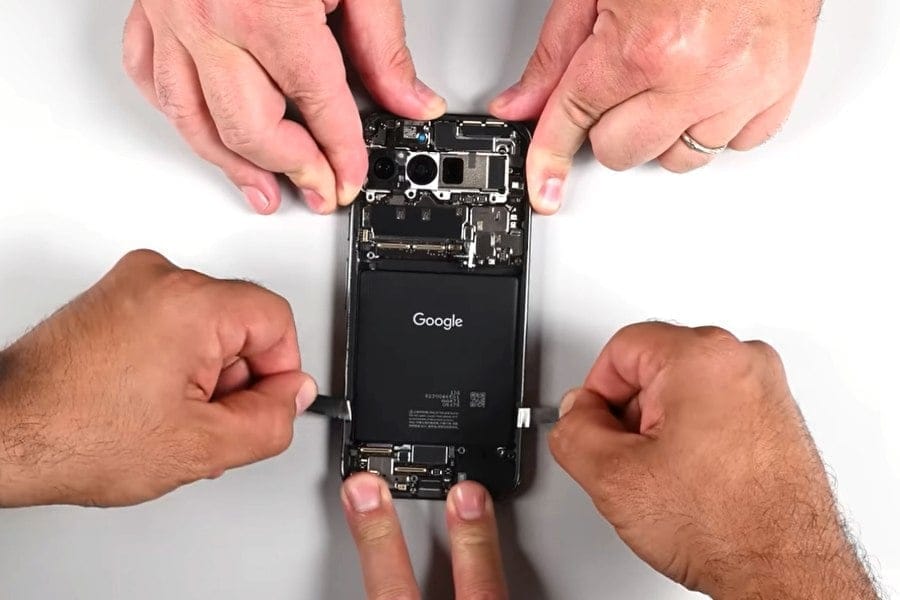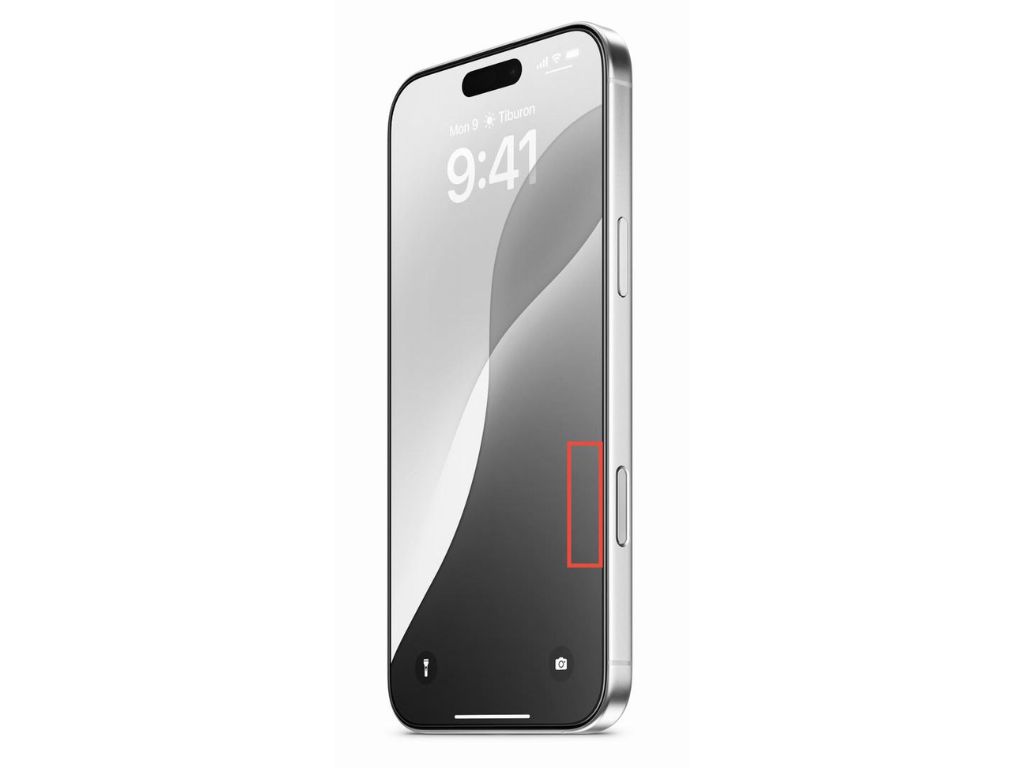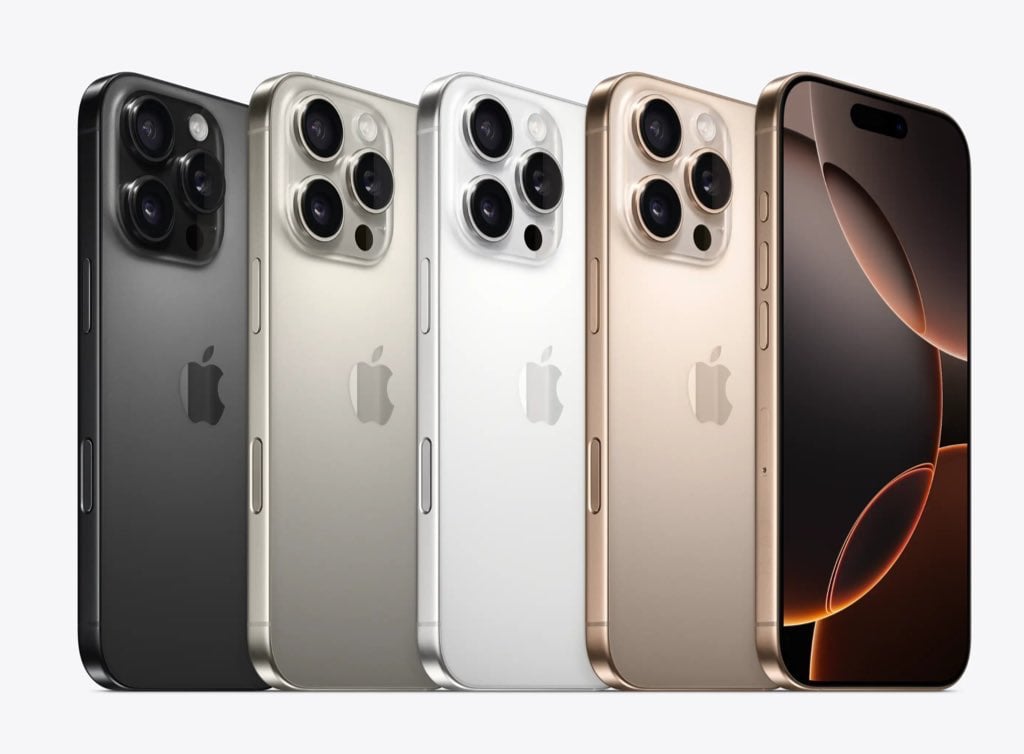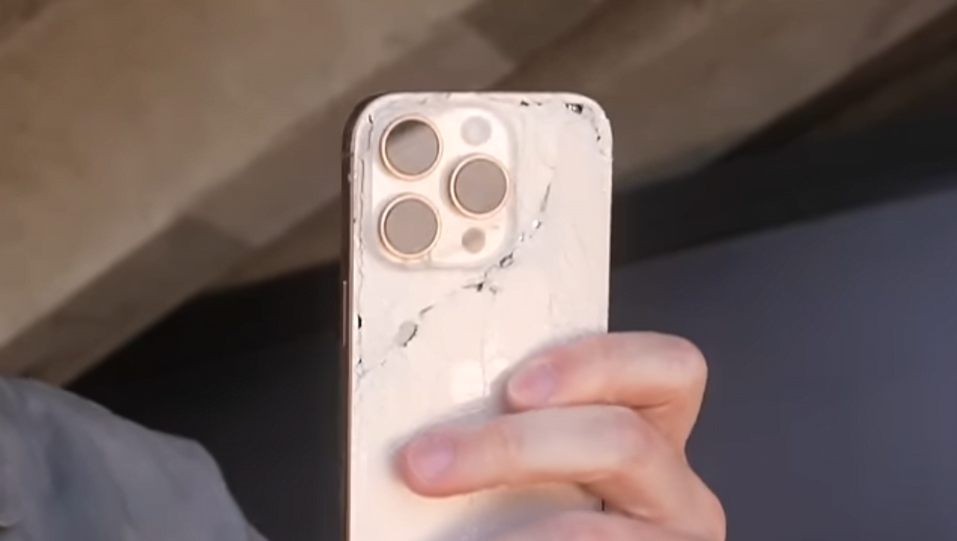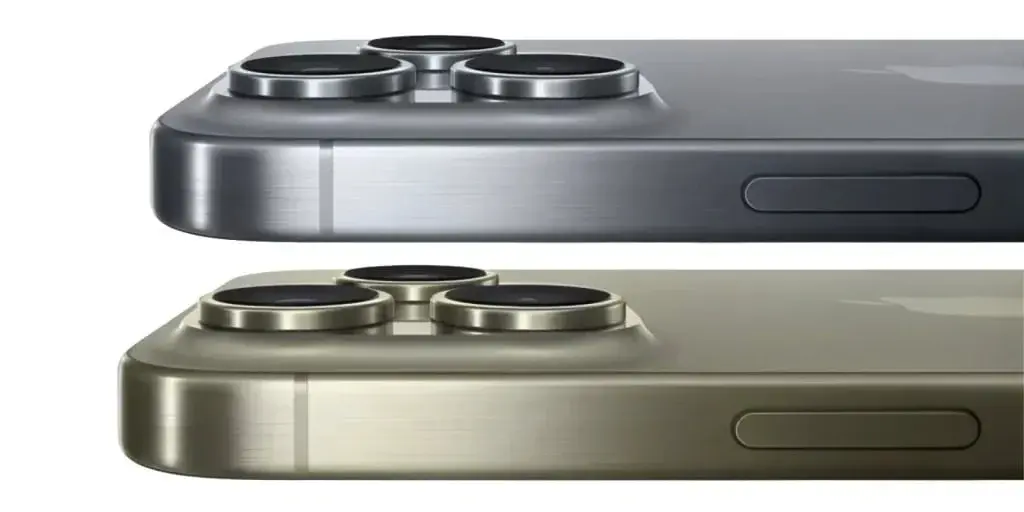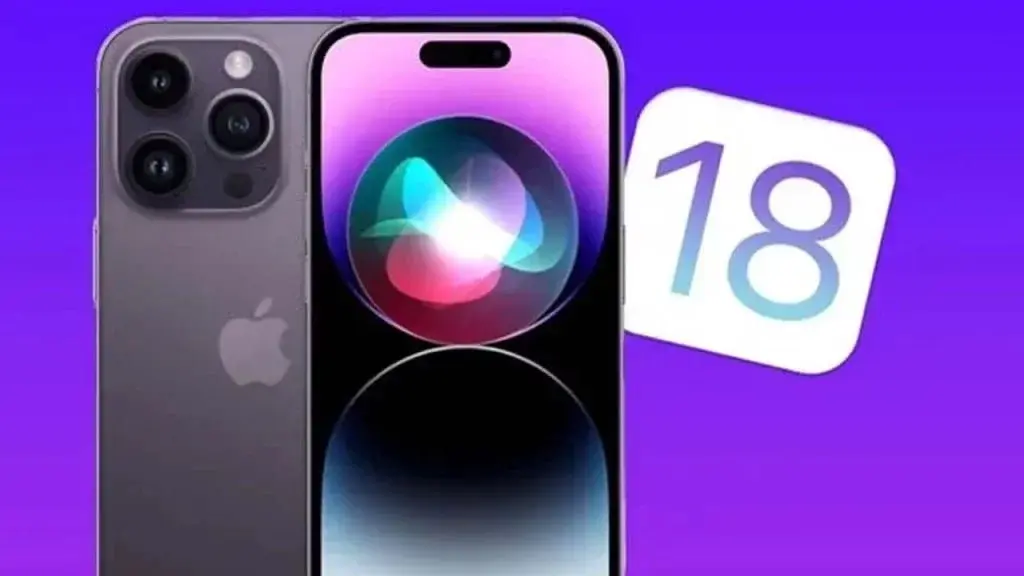Caviar, a luxury smartphone customizer located in Dubai, has just launched its newest collection named “Visionaries,” which features exclusive custom designs for the iPhone 16 Pro series.
Celebrating Influential Figures
This collection honors key figures, showcasing models inspired by Donald Trump, Elon Musk, and Steve Jobs. Each device is meticulously made using premium materials, with distinct engravings and meaningful elements that reflect the legacy of these notable individuals.
Detailed Specifications
The Steve Jobs edition begins at $9,340, paying tribute to the late Apple co-founder. It is made of impact-resistant titanium and sports a sleek black PVD finish. The device incorporates a gold-hued engraving along with Apple’s famous logo, highlighted by double electroplated gold for an impressive appearance.
The Trump Great Again edition, which starts at $9,200, celebrates Donald Trump’s anticipated 2024 presidential win. This model features an aerospace-grade titanium frame with a durable black PVD finish, mirroring the architectural style of the Trump Tower. It includes a red centerpiece representing Trump’s signature red tie and his election ballot mark. The design is further enhanced with the engraved slogan “Great Again” as a reference to his campaign, adorned with stars and stripes to pay respect to the American flag.
A Unique Space Experience
The Musk Be On Mars edition, starting at $9,990, honors Elon Musk’s ambitions with SpaceX. A key highlight of this model is an actual fragment from the SpaceX Starship embedded within the phone, sourced from a collector of Starship crash remnants. Finished in a space black color, this model features laser-engraved space scenes and a bas-relief of the Dragon spacecraft. Musk’s name and signature are also prominently displayed, showcasing his contributions to space exploration.
The Caviar Visionaries collection includes the iPhone 16 series, which encompasses the iPhone 16 Pro and Pro Max, as well as the iPhone 15 Pro and Pro Max from the last generation. With storage choices ranging from 128GB to 1TB, each model is a limited collector’s item, with only 99 units manufactured.
Caviar is recognized for its lavish designs, having previously launched the custom Huawei Mate XT Ultimate that features 24k gold and crocodile leather, along with a gold-plated iPhone 16 Pro in a rare desert titanium shade, starting at $10,630.






